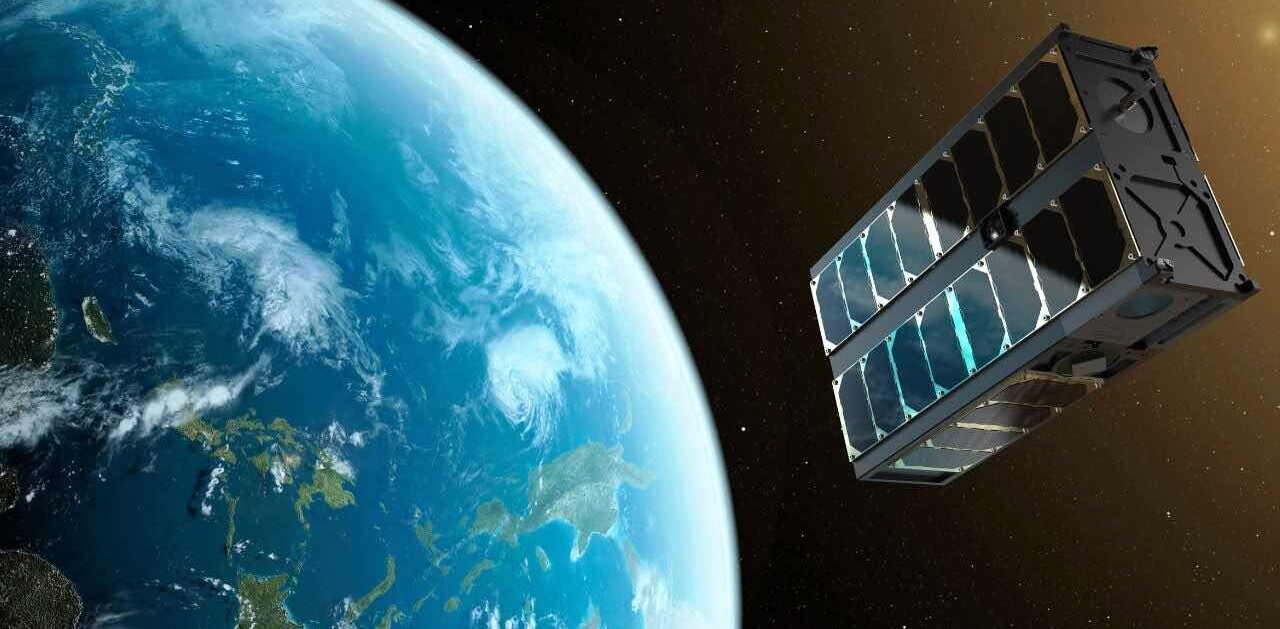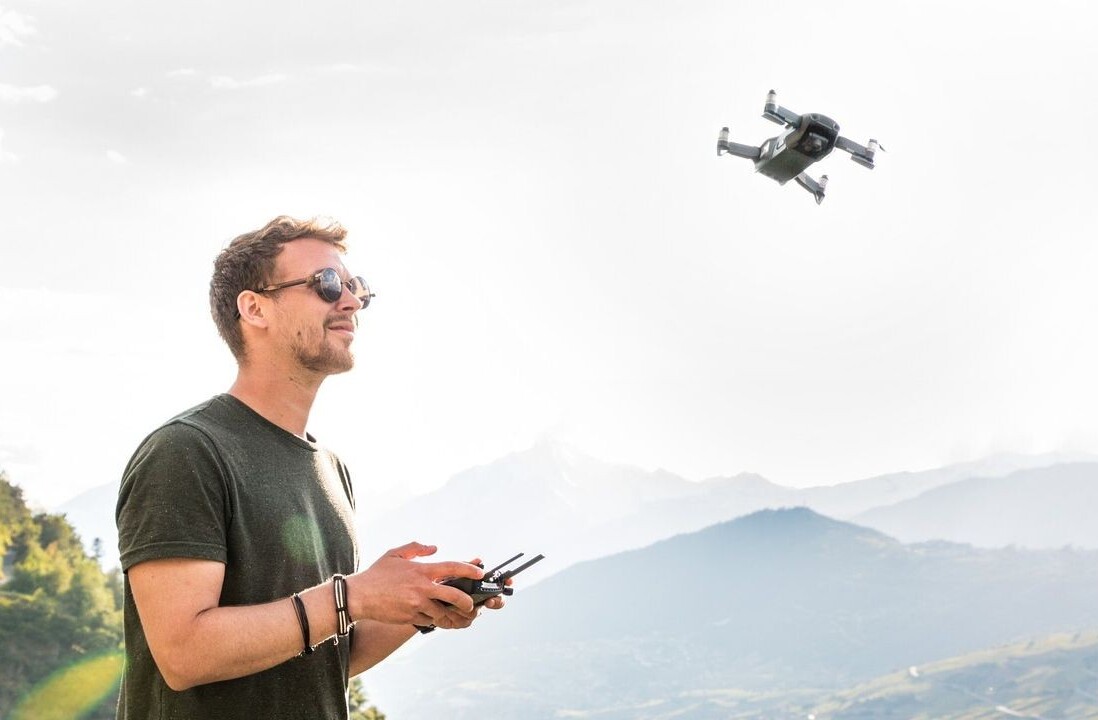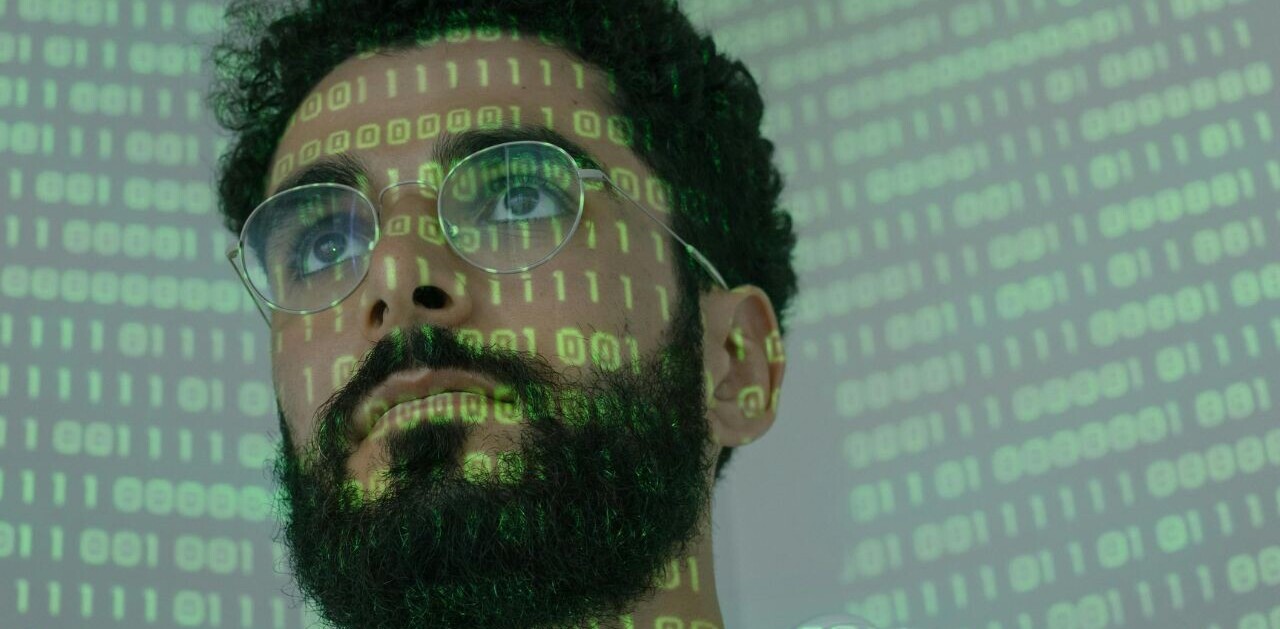
Cargo ports are vital transport hubs in the world economy. Around 90% of all globally traded goods by tonnage is transported by sea and in 2021, a whopping 3.5 billion tonnes of freight passed through EU ports alone.
Antwerp was the second-largest port in Europe — spreading across 120km² — before a merger with Bruges in 2022 created a combined port area of 160km² and the biggest chemical cluster on the continent.
València’s expanding port is the largest on the European Mediterranean in terms of container traffic — and dates back to 1491. Its port authority, Valènciaport, is responsible for València, plus Gandía and Sagunto ports along the coast.
Ahead of their talks at TNW València in March, we spoke to Erwin Verstraelen, Chief Digital and Innovation Officer at the Port of Antwerp-Bruges, and Juan Manuel Díez, Strategy and Innovation Director at the Port Authority of València, about how they are pursuing the newest advances in tech to transform their ports.
“Ports are not just logistics hubs, they’re also becoming the industrial and energy hubs for Europe as part of the European Green Deal, so we are in a complete transformation of our core activity and digital innovation plays a significant role in that,” Verstraelen told TNW.
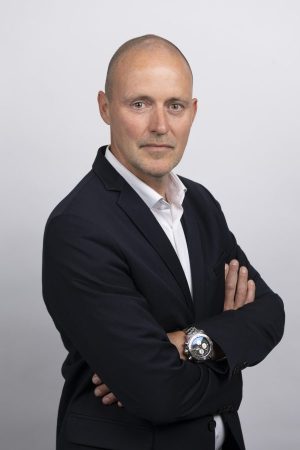
Ports ecosystems are facing what Verstaelen calls the “perfect storm” at the convergence of geopolitics, digitisation, mobility, sustainable growth, and the energy transition.
Zero-emissions
“We have a very ambitious goal: we want to be carbon neutral in 2030,” València’s Díez told TNW in his office overlooking the cargo terminals. “Already all the electricity that is consumed in the port comes from renewable sources — we buy it with this condition – but we have our own plans to produce electricity here in the port.”
València’s 300-plus annual days of sun will be put to good use, with the first of three solar plants in the port already launched. Gandía is on track to become the first energy self-sufficient European port, according to Díez.
“We have been thinking for many years now about installing windmills in our breakwaters but the technology wasn’t there,” said Díez. “Now it is advancing and we have plans for our own wind farm in the coming years.”

The new cargo terminal in the port of València will be 98% electrified and the remaining 2% will use hydrogen, he added, making it “the most sustainable terminal in Southern Europe for sure.”
Getting to zero emissions means mobilising the whole port community. Valènciaport recently launched a pioneering project to test the use of green hydrogen for moving machinery inside the port, with an H2 storage tank and mobile hydrogen generator. The next stage will be to test hydrogen-powered prototypes of a container stacker and tractor.
Digital twins
Access to instant information is essential for ports. Both Antwerp-Bruges and València are investing in sophisticated “digital twins” of their port areas.
In València, the digital twin includes a Port Collaborative Decision Making (Port CdM) System, which could reduce a ship’s average call time by 10%.
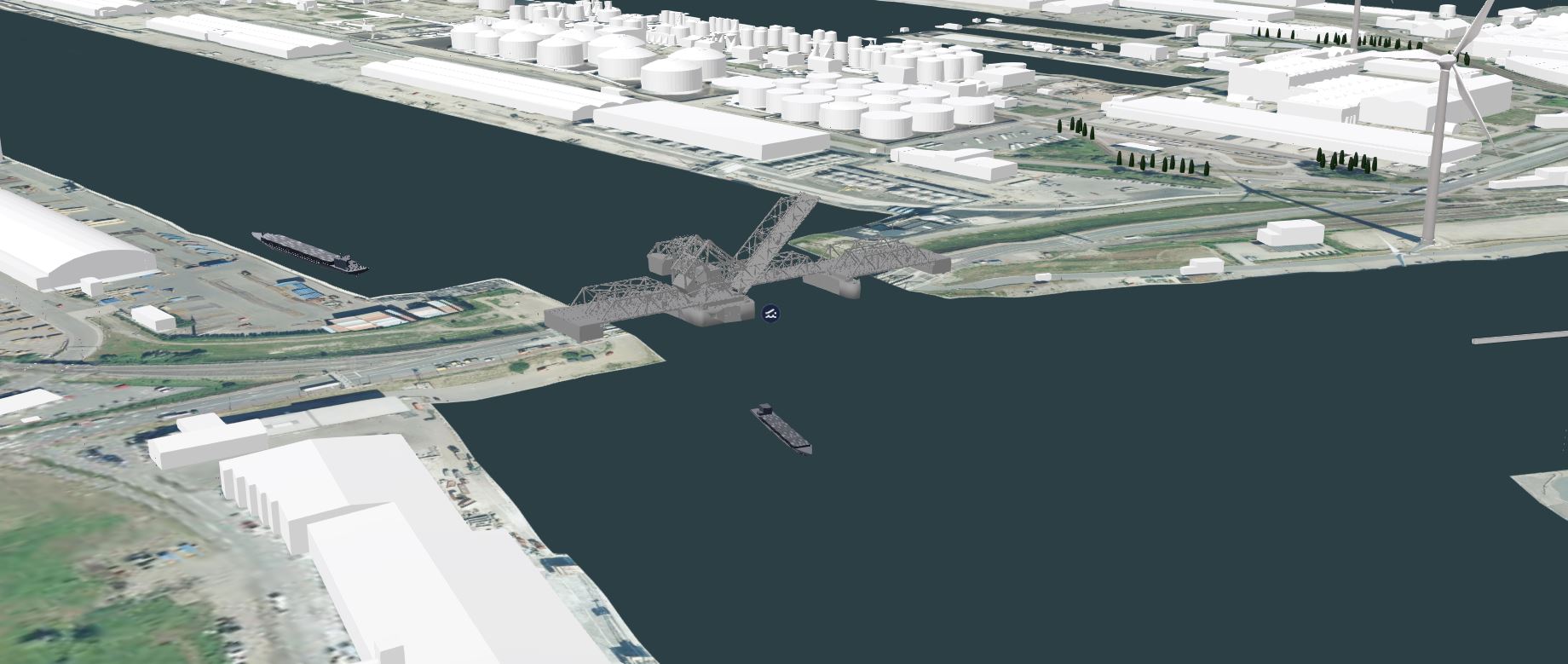
“Arrivals in a port are not on a precise clock, but by having and using timely information, the port can prepare in advance, e.g. by letting a ship know there is no mooring available at that moment so it can slow its speed, use less fuel, and reduce emissions,” said Díez.
The Port of Antwerp-Bruges is one of the first in the world to have a digital twin of its territory, according to Verstraelen.
“By equipping the entire port area with sensors, cameras, drones, we create a digital nervous system on top of the physical port,” he said. “And if you bring all these data feeds together in what we call a digital twin, the people responsible for safety and security will be positioned or alerted if something is taking place in the port the moment it happens and can act immediately upon it.”
Sensors monitor the port’s air quality to detect not just CO2 and other gas emissions but also volatile organic compounds like benzene and toluene — vital intelligence considering the size of the Antwerp-Bruges chemical cluster.
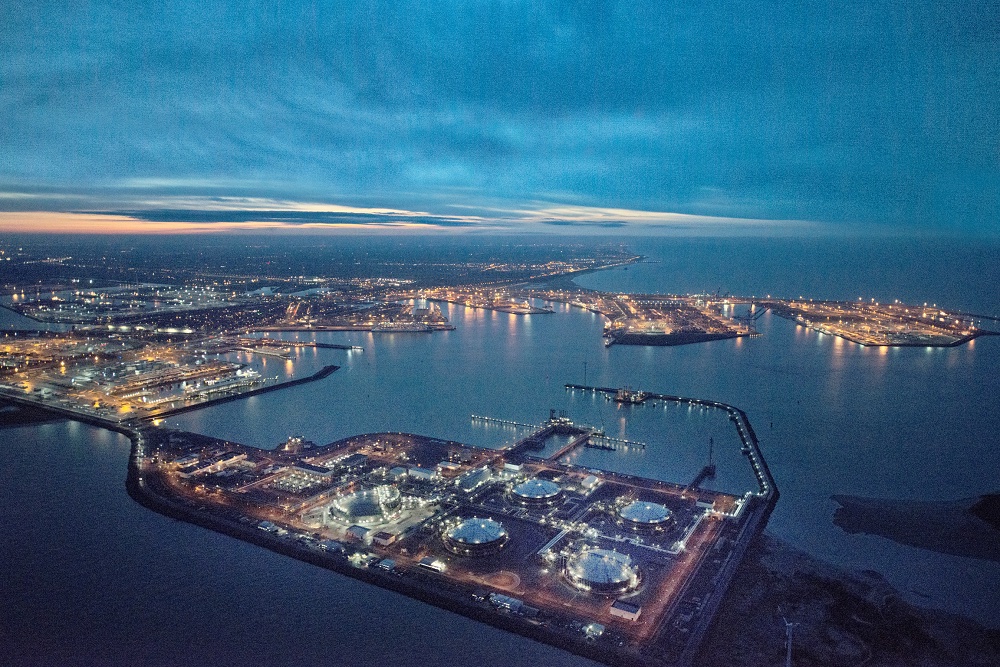
Once an air quality monitor triggers an alarm, different data sources offer information on wind speed and direction to indicate where an emission is coming from, and the location of ships in the port based on their automatic identification system (AIS) tracker. The data is then filtered to show tankers and turn cameras in the direction of the emission.
“In real-time, you see that there is for example an illegal or an accidental degasification of a tanker ship taking place,” Verstraelen said.
By applying algorithms to AIS data, they not only create situational awareness but also prescriptive awareness about something that will need looking at from a safety, security, or operational perspective.
The last step will be predicting what will happen a few hours ahead and acting on it in terms of allocating tugboats and pilots, knowing how the wind is going to change or if a storm is coming.
‘Outside-in’ innovation
All this innovation is a springboard for fresh ideas. As well as being an active member of Spain’s Ports 4.0 initiative with its €20 million equity fund, València has its own acceleration/incubation program, Opentop. The program, which works with startups focused on many aspects of port operations, will also be exhibiting in the València Ecosystem Pavilion at TNW València.
One of the young startups the port collaborates with is We Are Lab. The company has been developing ways to plant Posidonia, a Mediterranean seagrass that is tricky to grow but awesome for capturing CO2 from the ocean. Posidonia in the port breakwaters can be used to clean the surrounding sea.
Zeleros, the València-based Hyperloop scaleup, is also a partner, and currently trialling a test track in Sagunto to move cargo around the port in an emission-free way.

Up north in Antwerp-Bruges, Verstraelen explains that when it comes to fostering innovation, he cultivates a “what if” mentality, opening up the port as an ecosystem for “outside-in” innovation.
“We decided to open up the port as an innovation platform, inviting promising technologies to come and demonstrate their added value, and allowing them to make themselves market-mature faster,” Verstraelen said.
One of the noteworthy startups backed by Antwerp-Bruges in 2018 to work on barges is remote-piloting technology startup SEAFAR. The largest concentration of barges in Europe is in the Netherlands, Belgium, and Germany and they account for around 40% of all cargo passing through Antwerp-Bruges.
However, with older barge captains retiring and fewer new ones replacing them, the time was ripe for a big change. In light of these trends, the port went “all in” to enable the four-person startup to demonstrate that its tech could remote-pilot one of the port’s ships.
“As a consequence of that they got permission from the regional government to operate ships in a commercial way the year after,” said Verstraelen. “Today, SEAFAR is 30 people, there are barge owners building new ships to be remotely piloted, and they are sailing around commercial cargo with ships that are operated from more than 100 kilometres away.”
A remote pilot, who can handle three or four crafts at the same time, means a reduction in labour costs and more on-board cargo space as there’s no need for living quarters.
Drones and spills
In terms of new tech, Antwerp-Bruges puts the emphasis on proof of value rather than proof of concept. Service drones are a good case in point as the size and complexity of the port makes it the perfect test ground.
The idea to have multiple automated drones simultaneously airborne over the port, performing oil spill and litter detection, asset management inspection, and supporting police and fire brigades had been germinating since 2018. However, there was no existing legal framework and it was forbidden to operate automated drones beyond visual line of sight in a no-fly zone like a port.
By demonstrating proof of value and relevant use cases, the government agencies were finally able to okay them and develop legislation for their use in the port.
“We are the fifth largest bunkering [supplying fuel for ships] port on the planet and you can imagine that accidents do happen,” Verstraelen said. “It’s important once we spot an oil spill to see where it is floating and how big it is if we call in the specialised services to clean it up.” Thanks to drones, these teams know what they need to do and what kind of equipment they need before they leave.
The drones have cameras that supply live feeds to central control, and the port is also developing algorithms that can detect spills in the camera feed. “You don’t want a ship going through an oil spill, because then it becomes polluted and it takes the entire thing with it,” Verstraelen said.
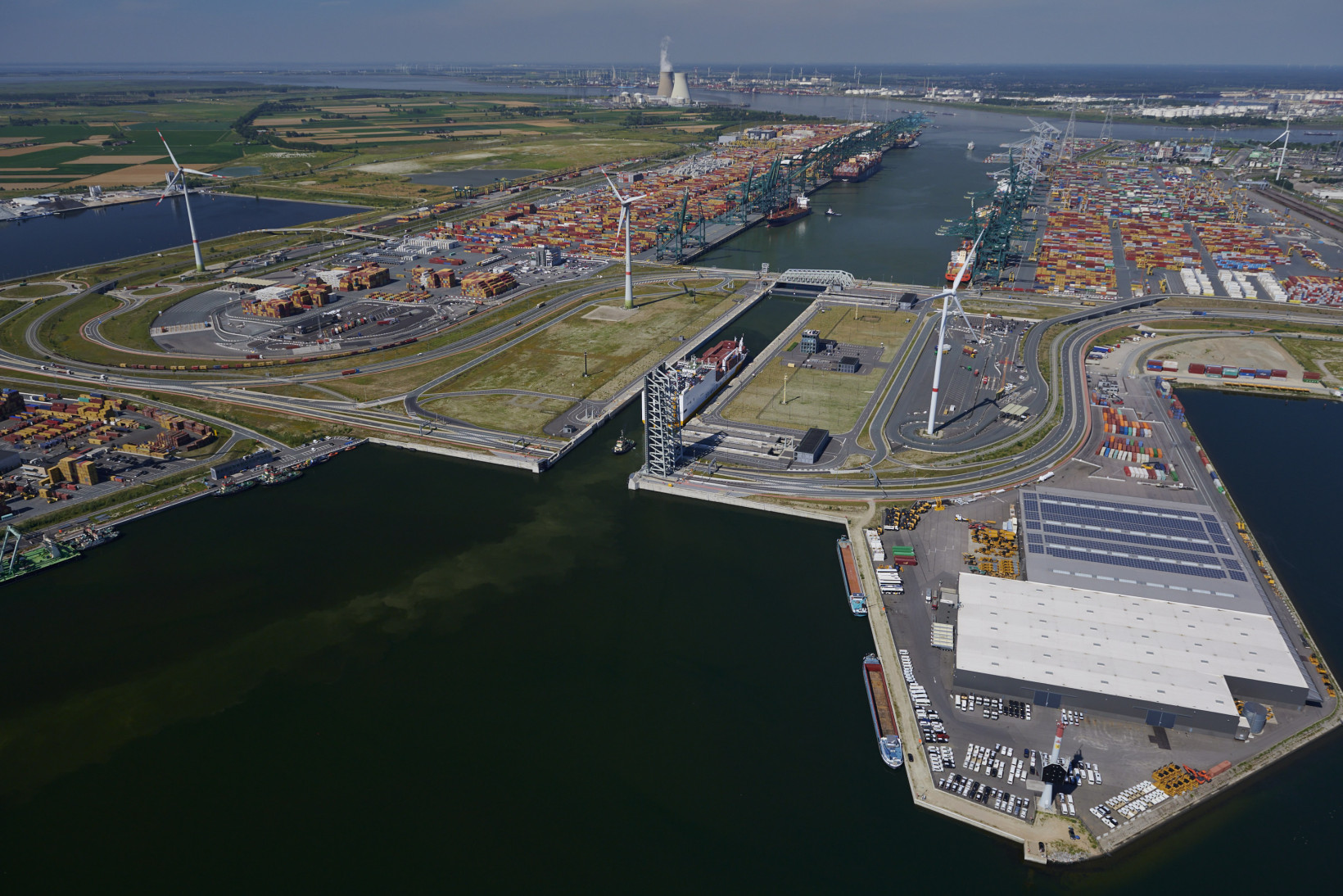
Tech is evolving so fast that “the biggest mistake you can make is to say we tried it in the past and it didn’t work,” according to Verstraelen. “If something doesn’t work now, try it again in six months, 12, 18, and 24 months from now.”
He points to speech-to-text AI, which the port tried to use a few years ago to translate very high-frequency (VHF) radio communication between ships. The team hoped to mine the data for sentiment analysis indicating a potential conflict between captains, but the tech wasn’t ready for the task.
“We tried it a month ago, again, with the same sound file… and it was 95% spot on. So in less than two years, it went from completely useless to completely and utterly usable on a daily basis.”
Both ports reflect the leaps that authorities are making to modernise, tackle climate goals, and prepare their ports for the future.
Their efforts are already reaping impressive results. Verstraelen describes his port’s ecosystem as “the most impressive innovation breeding ground I’ve ever seen in my entire life.”
If you want to experience València and its ecosystem for yourself, we’ve got something special for our loyal readers. Use the promo code TNWVAL30 and get a 30% discount on your conference business pass for TNW València.
Get the TNW newsletter
Get the most important tech news in your inbox each week.
